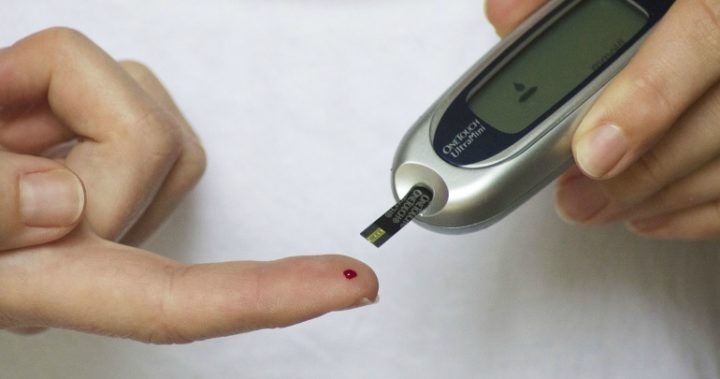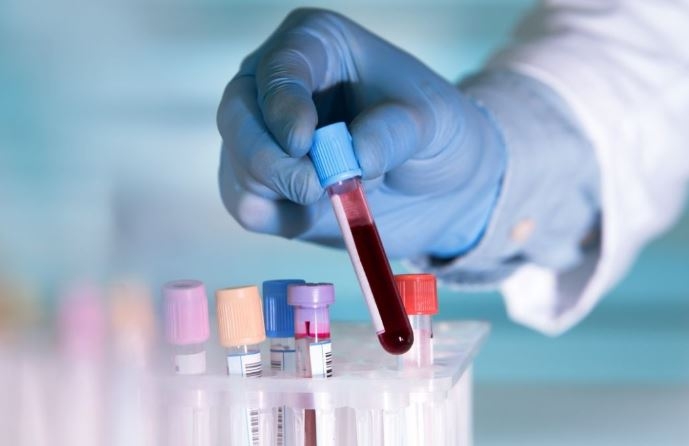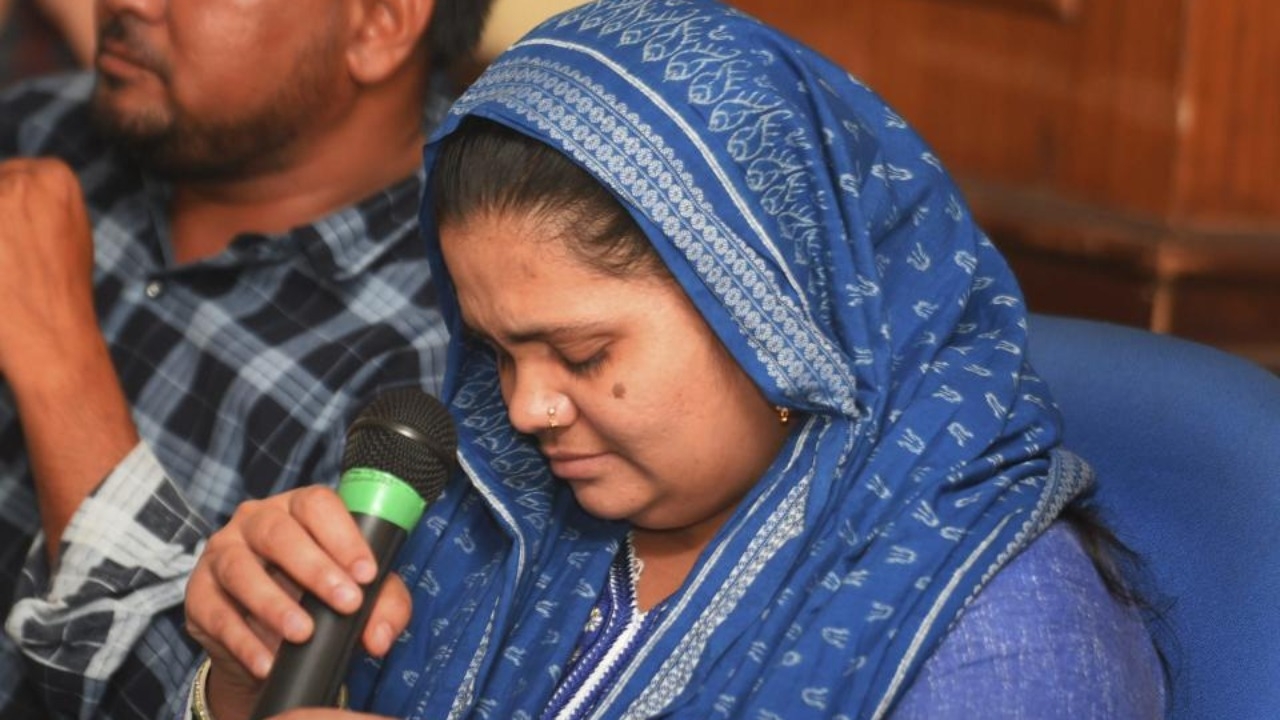Diabetes may actually be of five types and not just type 1 and type 2 as people know it, suggests new research published in The Lancet Diabetes & Endocrinology journal.
Recasting adult-onset diabetes into five types could help better tailor early treatment for patients, said the research by scientists from Lund University Diabetes Centre, Sweden, and Institute for Molecular Medicine Finland. The five types found had different characteristics, with different complications, and called for different treatment needs.
According to WHO estimates, India has about 70 million diabetics and is rapidly moving towards becoming the diabetes capital of the world, even though rates of the disease are increasing across the world.
While type 1 diabetes is generally diagnosed in childhood and caused by the body not producing enough insulin, type 2 occurs when the body cannot produce enough insulin to meet increased demand imposed by obesity and insulin resistance (dearth of hormone receptors), and typically occurs later in life. Most diagnosed cases are type 2 (75-85%).
For the new study, in 14,775 patients across Sweden and Finland, the authors analysed six measurements — age at diagnosis, body mass index, long-term glycaemic control, successful functioning of insulin-producing cells in the pancreas, insulin resistance, and presence of auto-antibodies associated with autoimmune diabetes. They also did genetic analyses, and compared disease progression, treatment, and development of complications for each type.
Diabetes may actually be of five types and not just type 1 and type 2 as people know it, suggests new research published in The Lancet Diabetes & Endocrinology journal.
Recasting adult-onset diabetes into five types could help better tailor early treatment for patients, said the research by scientists from Lund University Diabetes Centre, Sweden, and Institute for Molecular Medicine Finland. The five types found had different characteristics, with different complications, and called for different treatment needs.
According to WHO estimates, India has about 70 million diabetics and is rapidly moving towards becoming the diabetes capital of the world, even though rates of the disease are increasing across the world.
While type 1 diabetes is generally diagnosed in childhood and caused by the body not producing enough insulin, type 2 occurs when the body cannot produce enough insulin to meet increased demand imposed by obesity and insulin resistance (dearth of hormone receptors), and typically occurs later in life. Most diagnosed cases are type 2 (75-85%).
For the new study, in 14,775 patients across Sweden and Finland, the authors analysed six measurements — age at diagnosis, body mass index, long-term glycaemic control, successful functioning of insulin-producing cells in the pancreas, insulin resistance, and presence of auto-antibodies associated with autoimmune diabetes. They also did genetic analyses, and compared disease progression, treatment, and development of complications for each type.
























